“Look deep into nature, and then you will understand everything better”, said Albert Einstein. Well, this is what we are going to do. Biomimicry is (or any other related terms) about how we can look to the natural world to find solutions to overcome our technical challenges. It’s also a design philosophy, rooted in science, but with the creative way of design at its core.
Design is a process – like any process, we must study and practice. It works well where we assemble predictable materials and mechanisms into more complex products and structures. These structures physically support processes operating within them. It works well when there are abundant materials and resources so that our primary concern is cost, the perceived value apportioned to the resources used, NOT the impact in possessing them.

What happens when successful populations grow and personal well-being and aspirations outpace the resources available? Is this an impending disaster, or can we look again at nature and understand how it already does so much with so little? How does it share innovations and resources? How does it innovate through ‘design’ to exploit self-assembled properties and phase transition thresholds, because resources are scarce and there’s always a trade-off? Finally, why must organisms integrate multiple functions within a single solution, remain lighter/stronger/faster/fitter to avoid predation and persist through evolutionary time?

It’s not new for a start. There are examples of civilisation throughout history mimicking nature. Here’s the thing. Where does any innovator turn to for inspiration? It has to be the world around them. There is nowhere else. With modern computing, we can do it with fresh eyes. Airbus is doing by looking at slime mould foraging and bone growth algorithms. Like any method, once we start to brand it as something, it can lose its edges. We cannot brand life.
So why should it be the new normal for the design of buildings? We won’t go down the ‘S’ route here. It’s a confusing word. Let’s look it like this. When we manufacture stuff we like to heat, beat or treat into submission. Nature doesn’t do this. It uses the structure and shape to overcome a problem. Our methods to use lots of heavy elements. In the natural world, the lighter elements dominate. This is explained in the famous graphs by Julian Vincent and his team at the Biomimetics and Natural Technologies Centre in Bath.
Not everyone can be ahead of the game, so on the innovation adoption curve, who are the early adopters? We have Saint Gobain + Ecophan, HOK, Arup, Buro Happold, Exploration, Jacobs, Interface, Grimshaw’s….there are a quite a few! Why don’t we hear about their developments? Well, firstly, you cannot patent nature. Secondly, it gives them a competitive advantage, and finally, it’s about the outcomes, not the process.
The natural world has had around 4 billion years of a head start on us. In this time, many different species have solved problems in similar ways. Think of flight from, insects and pterosaurs, through to birds, mammals and even reptiles. We call this convergent evolution. You can see this in our technology. Look at our smartphones, cars, houses and many more.
To be able to overcome our technical challenges, many differing toolkits have emerged. Is there a magic wand for this? No. We can call this bio-inspiration whereby we are gaining that moment of clarity. Archimedes found this when he was in a bath. Salvador Dali would enter his creative place by falling asleep with a metal key in his hand and a plate on the floor. His moment of clarity is when he was just about to drop off. The noise of the key would wake him up and allow his to explore this relaxed state of mind.
Back to reality! You can read about successful strategies developed by two brilliant scientists by reading the work of Dr Julian Vincent and Prof Thomas Speck. They take different approaches to problem-solving but converge on the essential elements. A logical process of innovation to create something new. From speaking both of these great men, it’s becoming apparent that more and more new (or improved products) are developed from an industrial-led perspective. As in we have a technical challenge – does nature have a solution, compared to the research-focused approach of looking at a biological strategy and seeing what new products you can invent. This is more than three times more prevalent these days than by looking at a biological strategy and identifying a product (or products) that this could improve.
As someone with a background in the built environment, human behaviour and design, I’ve got a range of experience in the industry to identify what is useful and what is a mere gimmick. The key is to target those who fund the projects and those that build it, accountants and engineers. You sell the outcomes to them; not the process.
My favourite work at the moment is by looking to termites, specifically the Namibian and Indian Termites. We’ve all heard about the termite mound-inspired building in Africa? What if were to tell you that the science wasn’t’ quite correct in that one. Here’s why. Prof Scott Turner and Dr Rupert have been studying termites and their mounds for decades. While termites do construct their mounds to allow for airflow throughout the structure, they aren’t contracted to regulate temperature. The changes in temperature, and the resulting change in pressure, within the mound, is what moves the air.
Do you like fungus? Well, you should. The fungus and the termites co-evolved. A special relationship. Like Bert + Ernie from Sesame Street or Ant + Dec (from, well everything!). They need each to survive!
What do we see here? We are looking at ‘convection driven gas exchange’. This is based on Fluted Termite Mounds. The skin is a diffusion membrane. It is not openly porous to turbulent wind flows. The mound is a heat transfer cell: driven by the sun during the day; and massive loss of heat into the atmosphere at night. This flow delivers carbon dioxide rich air from the internal chambers to the mound surface where it is diffused. The reverse happens with oxygen-rich air. The fungus needs the moisture regulation and constant temperature to thrive. Teamwork. Cool, huh?
Now for the fun part. We like buildings that are sealed and sterile. But what if that’s wrong? This means we can’t control the bacteria and fungus that develop. What if we can create buildings that breathe and use this biological strategy to regulate moisture? That’s precisely Turner and Soar are doing. This is currently in development for existing buildings. The future? Well, how about buildings facades that will regulate the moisture and temperature levels using fungus?
This is just one example of how we can change the building industry by looking to nature to find a creative solution. There are billions of ways in which the natural world has solved problems. Where do you start? You need to identify the challenges we need to overcome first. This is crucial. Not knowing the problem in the first place and diving in will create poor solutions. Only then can you observe, watch, listen.
Richard James MacCowan FRSA
Founder – Biomimicry UK.
Useful reading:
Turner J.S. & Soar R.C. (2008) Beyond Biomimicry. What termites can tell us about realising the living building?
Vincent J.V. (2012) Structural Biomaterials 3rd Edition
Kapsali V (2016) Biomimetics for Designers
Useful resources we like to share – http://www.bio-uk.org/resources


